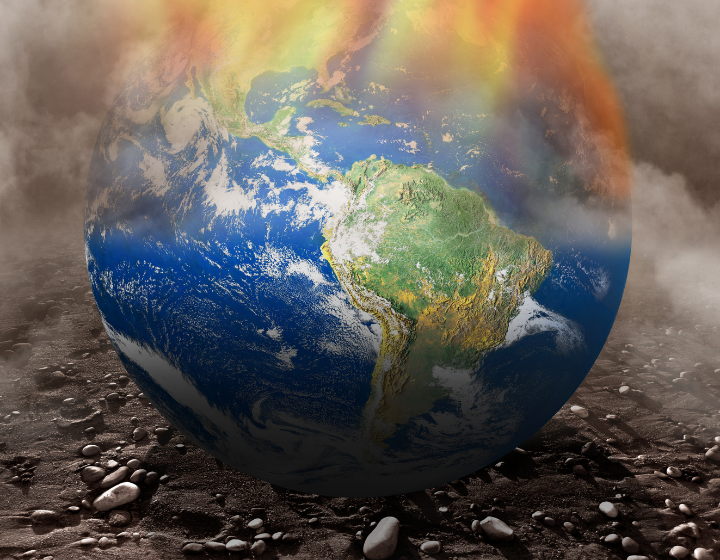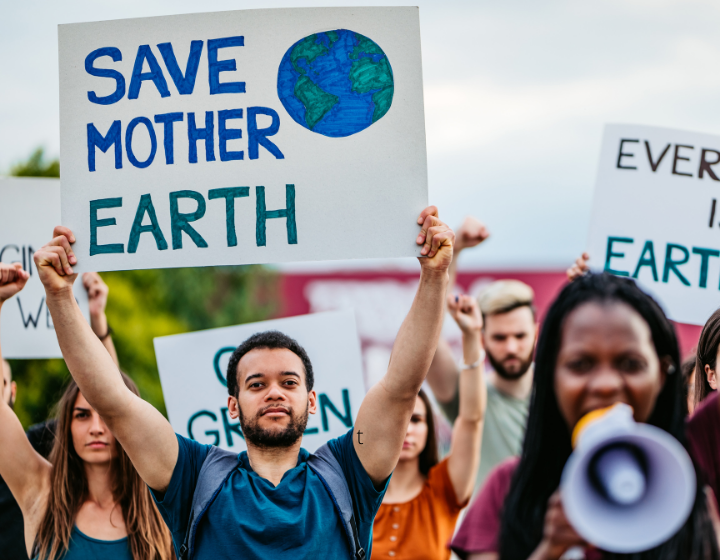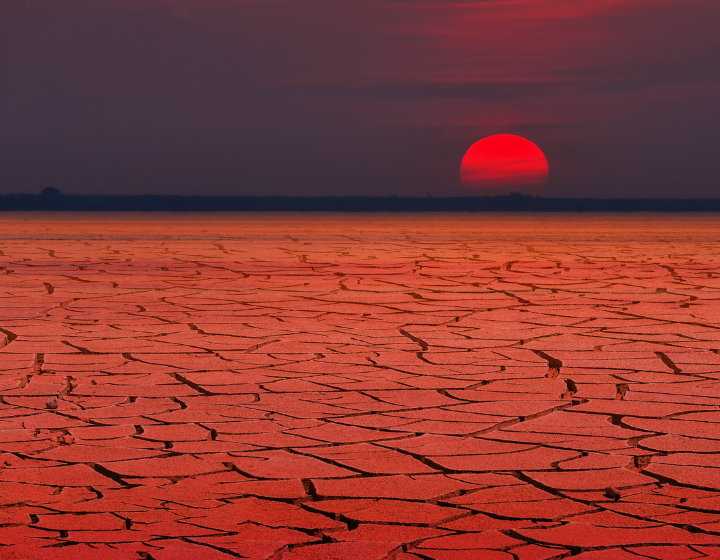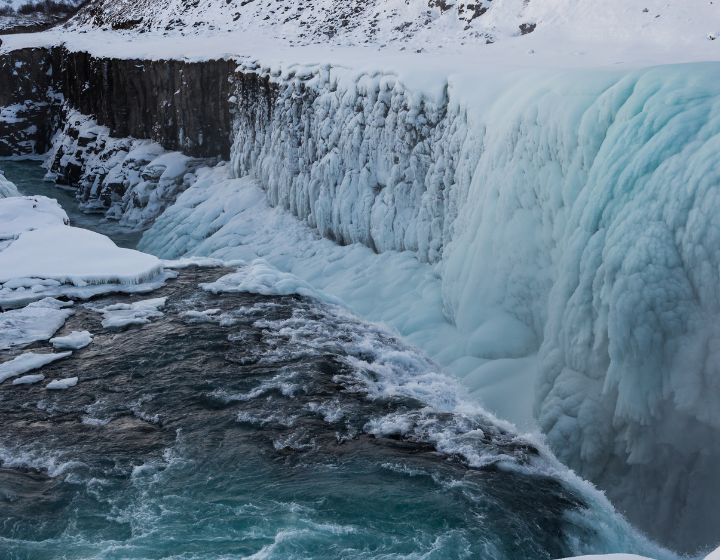World Earth Day
published on 22.04.22
This April 22 is a day to reflect. News such as oceans full of plastic, extreme heat, forest fires and floods that wipe out thousands of homes, affect all living beings that inhabit the earth.
Even in these days, when we are still facing a pandemic such as Covid 19, the crisis that our ecosystem is suffering also requires efforts to protect it.
The changes in nature caused by man, the misuse of natural resources and the crimes that threaten biodiversity, such as deforestation and the growing illegal trade of wild species, are accelerating the speed of destruction of the planet.

Earth Day origin:
The first Earth Day was celebrated in 1970, when a United States senator from Wisconsin organized a national demonstration to raise awareness about environmental issues. Rallies took place across the country and, by the end of the year, the U.S. government had created the Environmental Protection Agency. And by 1990, Earth Day was an event celebrated by more than 140 countries around the globe.

Scientific evidence for warming of the climate system is unequivocal.
– Intergovernmental Panel on Climate Change
According to studies conducted by the NASA, the current warming trend is of particular significance because it is unequivocally the result of human activity since the mid-20th century. It is undeniable that human activities have warmed the atmosphere, ocean and land and that widespread and rapid changes have occurred in the atmosphere, ocean, cryosphere and biosphere.
Evidence of climate change:
- Global Temperature Rise: the planet’s average surface temperature has risen about 2 degrees Fahrenheit (1 degrees Celsius) since the late 19th century, a change driven largely by increased carbon dioxide emissions into the atmosphere and other human activities.

- Warming Ocean: the ocean has absorbed much of this increased heat, with the top 100 meters (about 328 feet) of ocean showing warming of more than 0.6 degrees Fahrenheit (0.33 degrees Celsius) since 1969.

- Shrinking ice sheets: the Greenland and Antarctic ice sheets have decreased in mass. Data from NASA’s Gravity Recovery and Climate Experiment show Greenland lost an average of 279 billion tons of ice per year between 1993 and 2019, while Antarctica lost about 148 billion tons of ice per year.

It’s time for change. May this Earth Day allow everyone to focus on creating a more sustainable environment, protecting the planet and its resources.
